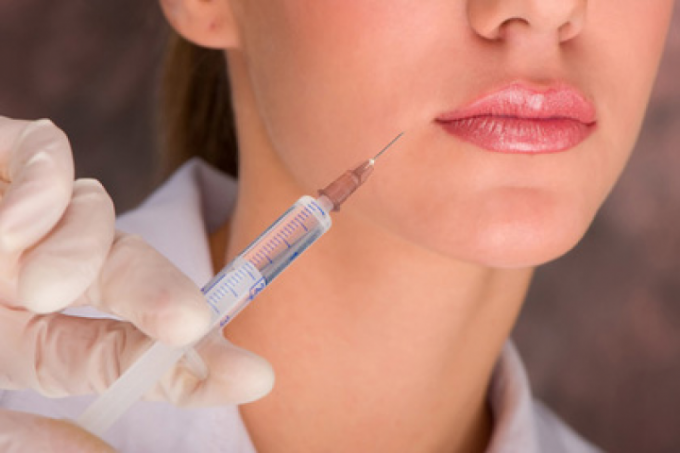Properties of hyaluronic acid
Hyaluronic acid is a polysaccharide, the main feature is the retention of large amounts of fluid. A molecule of this substance is able to hold the amount of water, many times exceeding it in weight. This property has decided to consolidate and apply manufacturers cosmetic injections to rejuvenate.
But this is a useful and unique properties of hyaluronic acid do not end there. You should know that it contributes to the updating, to soften the skin. Thanks to her, smooth out wrinkles and fade minor scars, bumps on the skin.
With age, the body is unable to produce the required amount of hyaluronic acid and therefore the formation of wrinkles and skin aging.
The use of hyaluronic acid in cosmetics
Hyaluronic acid has found wide application in the cosmetic industry. As with time of aging of the skin leaves the water, the wrinkles that have been issued by the age. To maintain water balance and fill the voids between the fibers of collagen beauticians and decided to use hyaluronic acid.
In the skin, this component may act in several ways. The easiest and safest is a cream containing hyaluronic acid. With daily use, the skin glows with moisture and radiance, wrinkles. Turgor of the skin is improved, returns youth. Creams with hyaluronic acid you can begin to enjoy already 25 years when there has been a decline in the production of natural acids.
If the age is over 30 and want to look young, you can use injection with a wonderful drug. Cosmetologist in certain parts of the face introduces hyaluronic acid. It is well distributed under the skin and helps retain moisture.
With the help of hyaluronic acid it is possible to adjust individual facial features through lip augmentation, cheeks, etc. Nasolabial folds and wrinkles around the mouth you can easily fill this drug.
The possibilities of modern cosmetology is constantly expanding, so at present, hyaluronic acid can be found even in decorative cosmetics. Sun cream or powder on the basis of this component is completely safe and even useful. On the skin surface creates a thin film that retains much-needed moisture.
